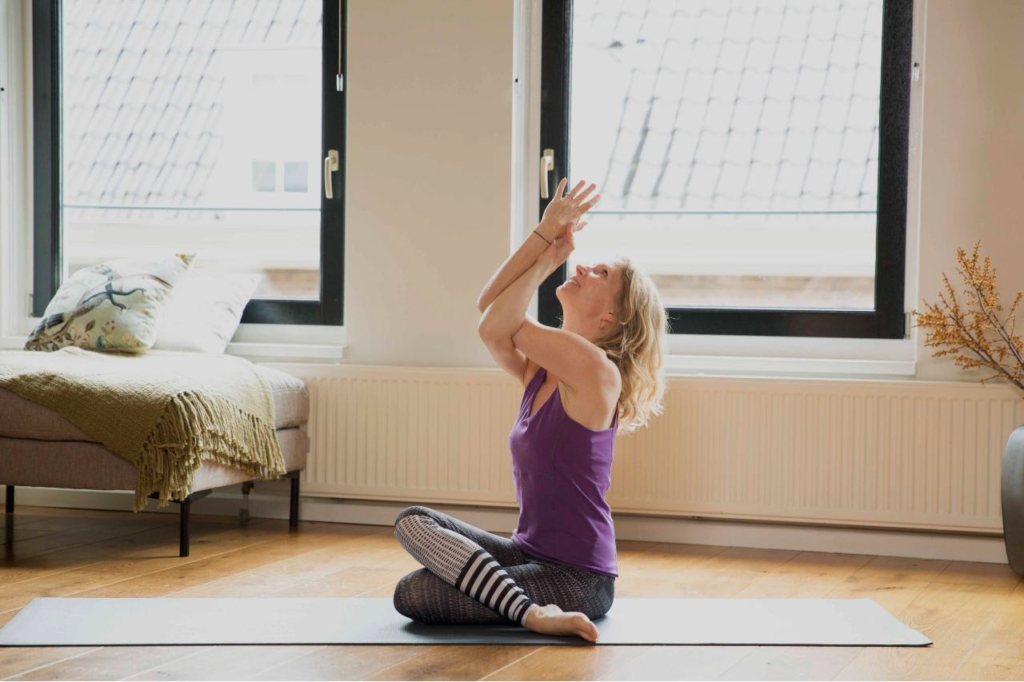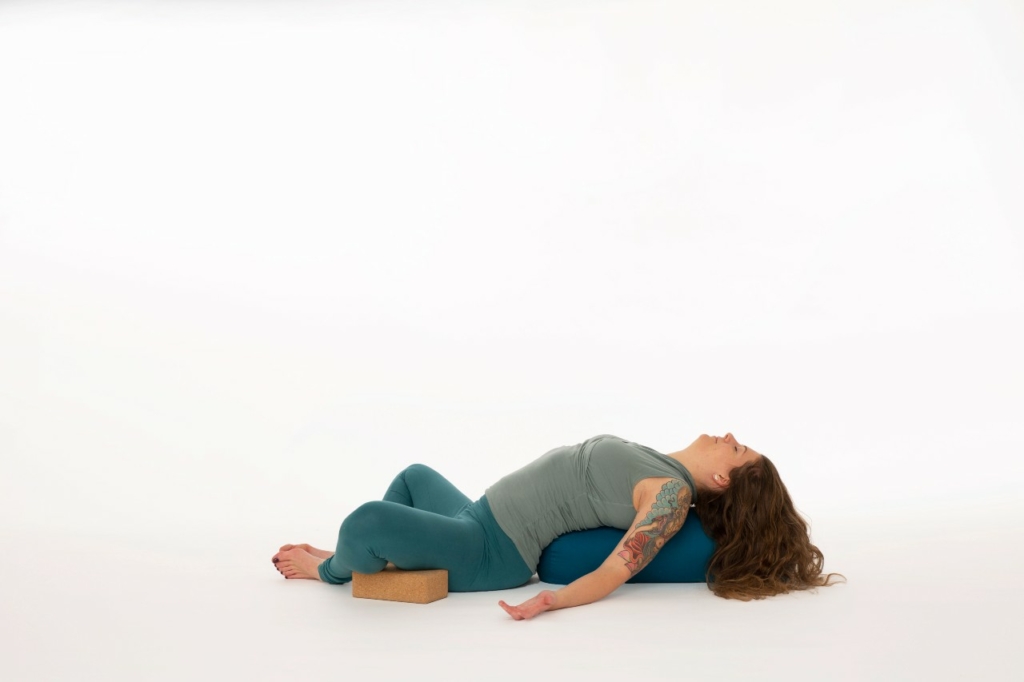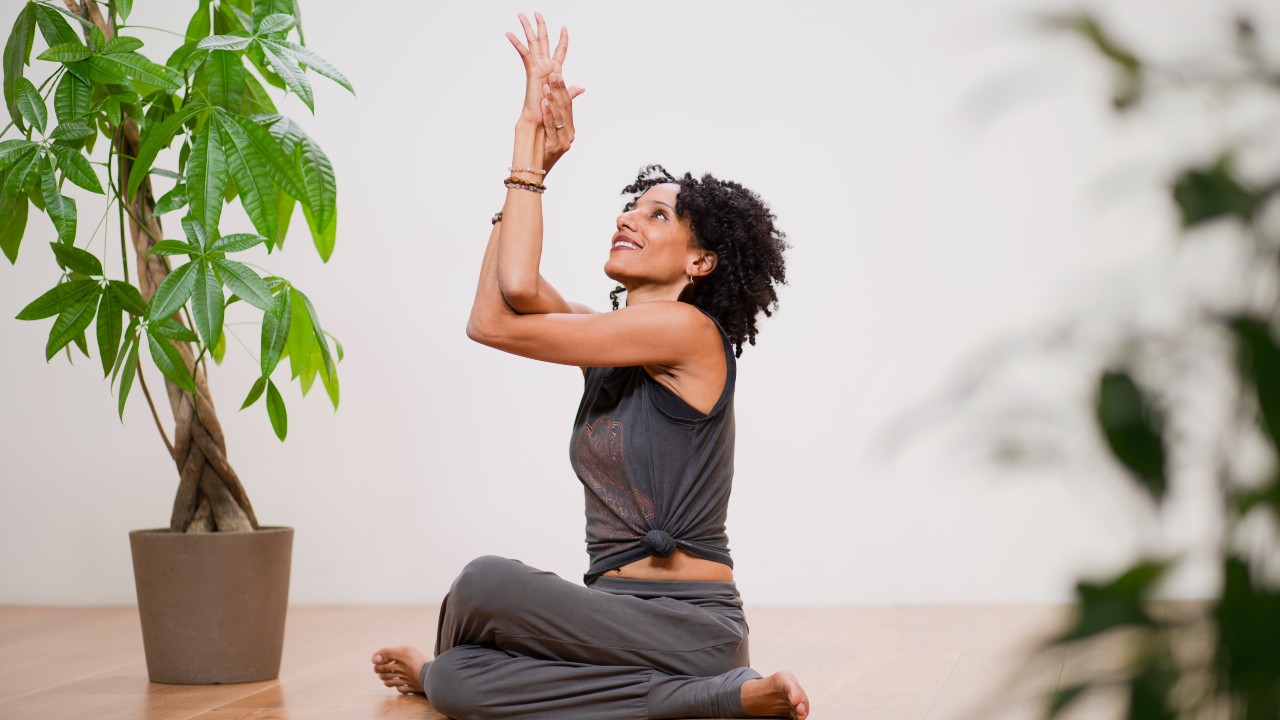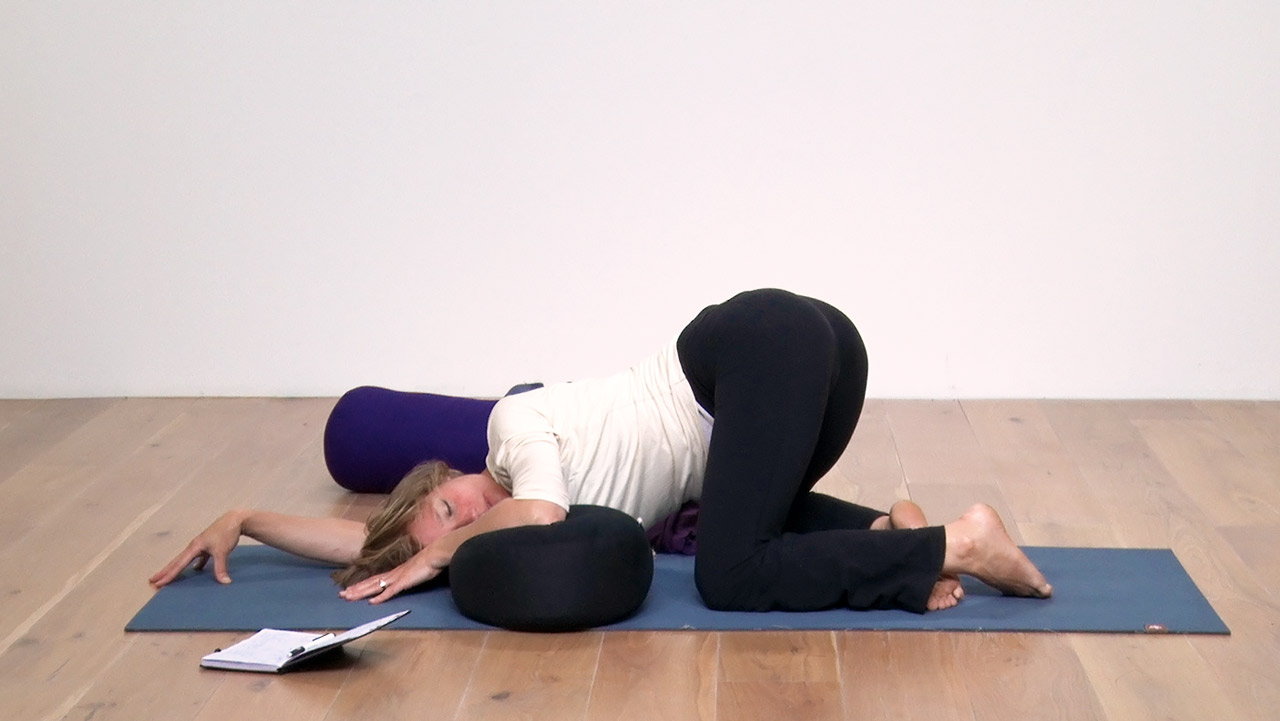Letting go
It’s time to say goodbye to the hot Summer season and welcome in the cooler, drier season of Autumn. This transitionary time is associated with the element Metal. This is a time of letting go of what was in order to be present to what is. As many yogis know, with the practice of Aparigraha (non-attachment and non-clinging), letting go is not always the easiest thing to do. Akin to clutching a purse to our chest, there are just some things – like the fun and playfulness of summer – that perhaps we just don’t want to let go of.
Metal and the Season of Autumn
“Is not this a true Autumn day? Just the still melancholy that I love – that makes life and nature harmonize.” ~ George Eliot
Autumn marks the end of summer and the beginning of winter. It can be a wistful, melancholy time as we watch the colorful leaves dry out and float away. As the air becomes cooler and drier, and the darkness of night arrives earlier, our desire for warmth, moisture and light is heightened. We may notice the urge to add warmth to our Yin yoga practice, turning up the thermostat or adding layers of clothes. We may even add a dynamic joint warm-up before nestling into our more static, held yin yoga postures.
“The trees are about to show us how lovely it is to let the dead things go.” ~ Anonymous
During Autumn, the active, bright yang fire and earth elements of Summer and late Summer transition into the dark, dormant yin element of Winter’s water. Winter is a time of the unconscious and the inner workings of the psyche and soul. It is a time for deep exploration that will culminate with Spring’s illuminating revelations.
Metal and the Chinese Body Clock
To help us prepare for this journey within, we can take a look at the Chinese Body Clock. This is a 24-hour body clock used in TCM to illustrate two-hour intervals where certain organs are at their strongest or weakest/highest or lowest functioning. Here, the metal element is offered up refreshingly as a bright beginning, not a looming dark end. We see the lungs are the strongest and working the most efficiently during the dawn hours of 3-5am. This corresponds nicely to the most optimal time for pranayama breathing practices (the 4-6am time period of Vata) that strengthen our vital pranic energy for the day ahead.
Metal Element and the Lungs
The metal element is all about the lungs and the breath; our first breath of life, our first breath of the day. The spirit of the metal element is the Po and the Po is considered to be our animal spirit. It loves the inhale, it loves life, it loves the here and now. The Po is super excited to be embodied for our life adventure. I believe knowing this can help us this fall as we venture forth into to darker days of winter. Our inner animal spirit loves all seasons of life – the brightest and zestiest, as well the ones that require withdrawal, hibernation and deep reflection.
Metal as movement of Qi
Metal is the movement of qi that is inwards and downwards. We draw the breath into our lungs on our inhales (in yoga: prana vayu) and we let go of waste downward & outward through our large intestines on our exhales (in yoga: apana vayu). When this natural movement of qi gets trapped, stuck or disrupted it can present as sadness, grief and the inability to let go. This is why it is said that grief accumulates in the lungs. When the metal element is balanced, we are successfully able to both take life in to our bodies and let life go, therefore processing the felt experience of grief, which is a natural response to the ever changing world we live in (everything arises and everything passes away).
It takes courage to let go
In this class, José explains how Metal energy is manifested inside you. You’ll stimulate the related organs, Lungs and Large Intestine, and their meridians using various poses. This will support your respiration and boost your immunity, and help you to clear out old negativity and make space for something new to enter your life.
Lung Meridian and Yin Yoga
The lung meridian begins just under the collarbone in the pectoral region of the chest. It then travels down the arm to the elbow crease. Then down the wrist to the very tip of the outer thumb nail. A great yin pose to stimulate and balance the lung meridian is Open Wing Pose. You can deepen the experience with the addition of the wrapping arm bind.
You can practice Open Wing pose in Rose’s class: Butterfly wings: Open hips and shoulders.
Open Wing (with arm bind)
This posture gives us access to both the lung and large intestine meridians. With the arm extended out into the half “T” shape, the whole lung meridian from pectorals minor to the the thumb is tended to. The large intestine line is accessed by the top arm wrapping around the back, the shoulder blade retracted, and the the neck relaxed downwards towards the mat. Adding the arm bind allows us to work on both taking life in (lungs) and letting life go (large intestine).
Large Intestine Meridian and Yin Yoga
The large intestine meridian begins at the tip of the index finger and works its way up the “curvy” parts of the forearm, bicep/tricep and deltoid to the shoulder blade and neck. It ends at the opposite side nostril (crossing just over the top of the lip). A great way to stimulate and balance the large intestine meridian is to add Eagle Arms to your yoga postures.
Eagle Arms (in Easy Seated, Gomukhasana or Prone Savasana)

Eagle Arms accesses both the lung and large intestine meridians lines. The powerful top two lung acupoints are squeezed together at the pectoral region, both lines in their entirety with the wrapping of the elbows, arms and wrists around each other. You can even add Chin Mudra (thumb and index finger meeting) for boosting lung/large intestine connection.
“I’m so glad I live in a world where there are Octobers” ~ L.M. Montgomery
This fall is a perfect time to enjoy a comfy style of yin yoga. The cooler temperatures ask for either more external heat or more layers, a favorite pair of socks and a soft, cuddly blanket. The nurturing quality of yin yoga supports us as we transition between seasons. It gives the space and opportunity to notice how we are coping and adapting. I always feel held and supported by Mother Earth when I practice yin yoga. Especially when I add in bolsters in postures like chest-opening supported fish.
Supported Fish

In Supported Fish, the lung meridian points in the pectoral region are stretched as the arms drape around the bolster. Visualize and feel breath and energy circulating between thumb and index finger (even add Chin Mudra here). Maintain awareness of the interconnection between the lung and large intestine meridians.
Balance and breathe for a happy Fall
As we enter into the transitionary season of so much change, I am excited to practice being the witness to every day. I’ll practice balance by adding moisture as the air gets drier and warmth as the temperatures begin to drop. I will deepen my breaths and calm my nervous system anytime I notice my tendency to cling to anything that is naturally slipping away. I’ll connect my thumb (lung meridian) and index finger (large intestine meridian) in Chin Mudra. This reminds me to inhale deeply to take life in and exhale completely to let life go. And as the sun sets earlier and earlier I promise you this: I will add more and more candles to my yin yoga practice space – pumpkin spice (or apple crisp) flavor, of course!
Other articles in Jennilee’s TCM Elements’ series:
- Fire element – associated with Summer and the Small intestine / heart meridian
- Earth element – associated with late Summer and the Stomach / spleen meridian


